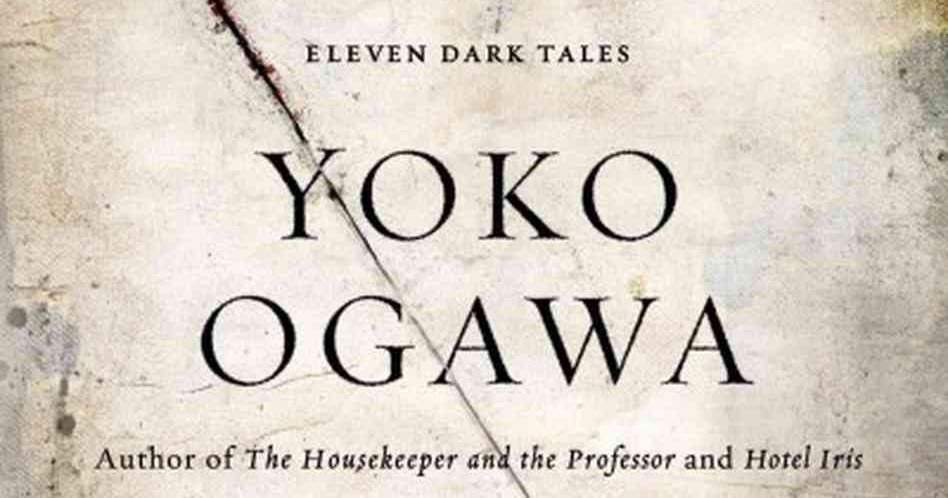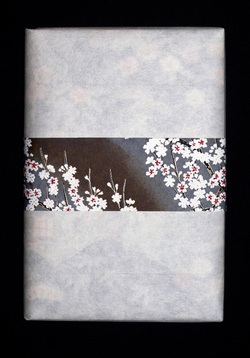

I should have gone back to my article, but I read her novel through twice, finishing for the second time at 3:00 a.m. Later, in my room, I read ‘Afternoon at the Bakery.’ It was about a woman who goes to buy a birthday cake for her dead son. The old woman claims to be a novelist, and points out one of her books in the resort’s library: Staying at a seaside resort, he’s pestered by an old woman, one of the many witches who haunt Revenge.

Its protagonist is a magazine writer, whose “articles” really amount to little more than advertising. The penultimate tale “Tomatoes and the Full Moon” lays the ghosting bare. Our characters, background and fore, are doppelgängers, ghost writers, phantoms. There’s a haunting suspicion here that the characters who glide from one tale to the next aren’t necessarily the silent extras they seem to be on the surface.

J,” with its writer-protagonist, elegantly introduces the thematic textual instability of the collection.

J” (one of Revenge’s stand-outs) perhaps answers where those kiwis came from. We learn why this baker is crying in “Fruit Juice,” the second story, a tale that ends inexplicably with an abandoned post office full of kiwi fruit. The book’s dominant motifs of death and food arrive in the first tale, “Afternoon Bakery,” where a mother tries to buy strawberry shortcakes for her dead son’s birthday-only the baker is too busy bawling to attend to sales. It’s a brisk, engaging read, and as I worked my way to the final story, I already anticipated returning to the beginning to pull at the motifs threading through the book. Not quite a story cycle or a novel-in-tales, Revenge’s sum is nevertheless greater than its parts. Tale extends into tale: characters, settings, and images float intertextually from chapter to chapter, layering and reticulating themes of death, crime, consumption, and creation. In Yoko Ogawa’s new collection Revenge, eleven stories of fascinating morbidity intertwine at oblique angles.


 0 kommentar(er)
0 kommentar(er)
